A Norfolk Common

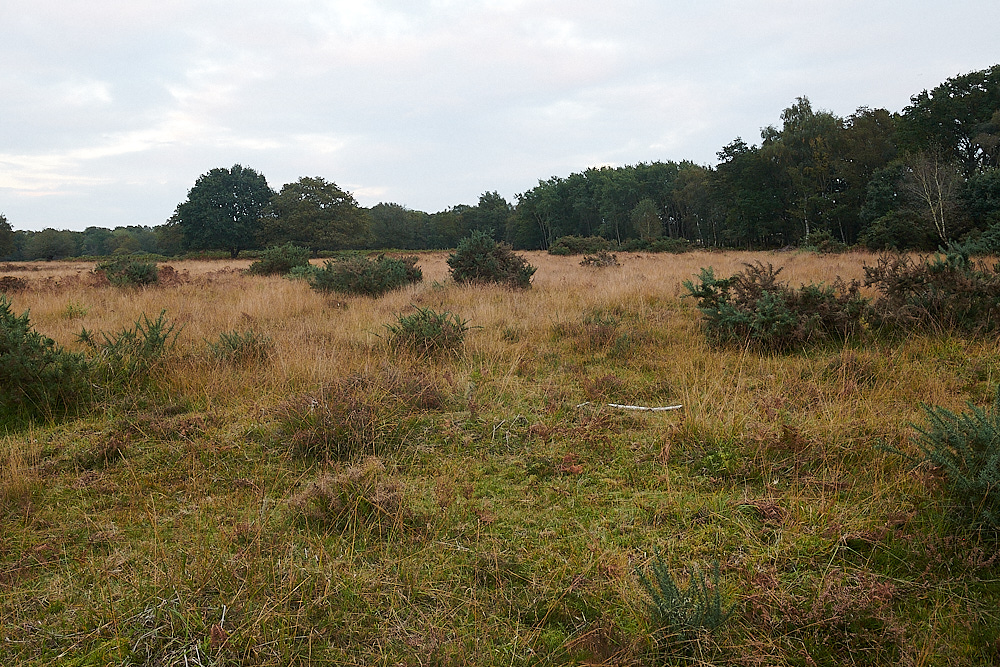
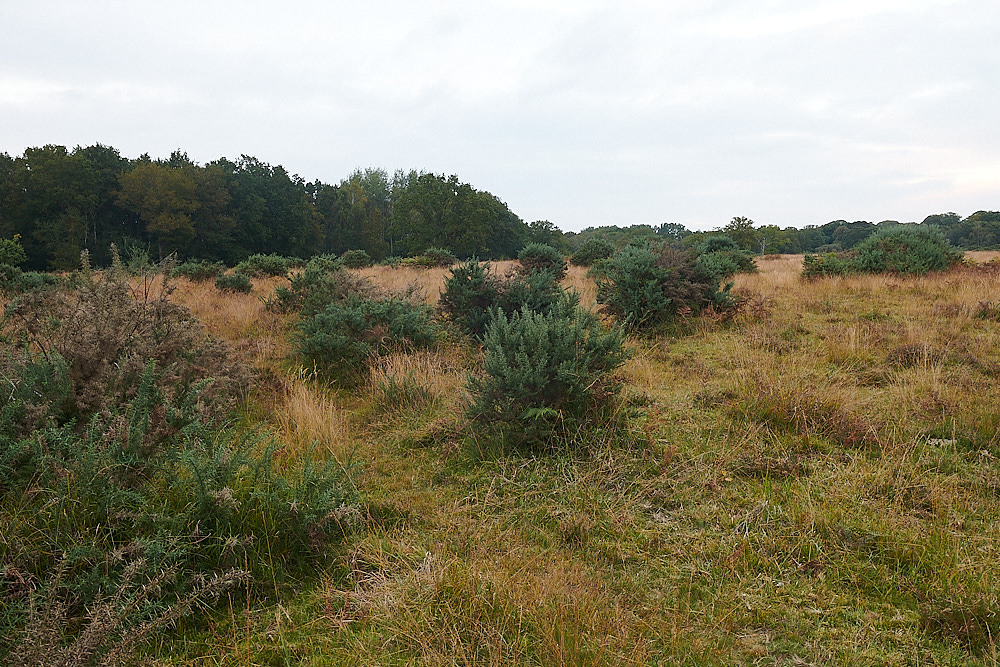
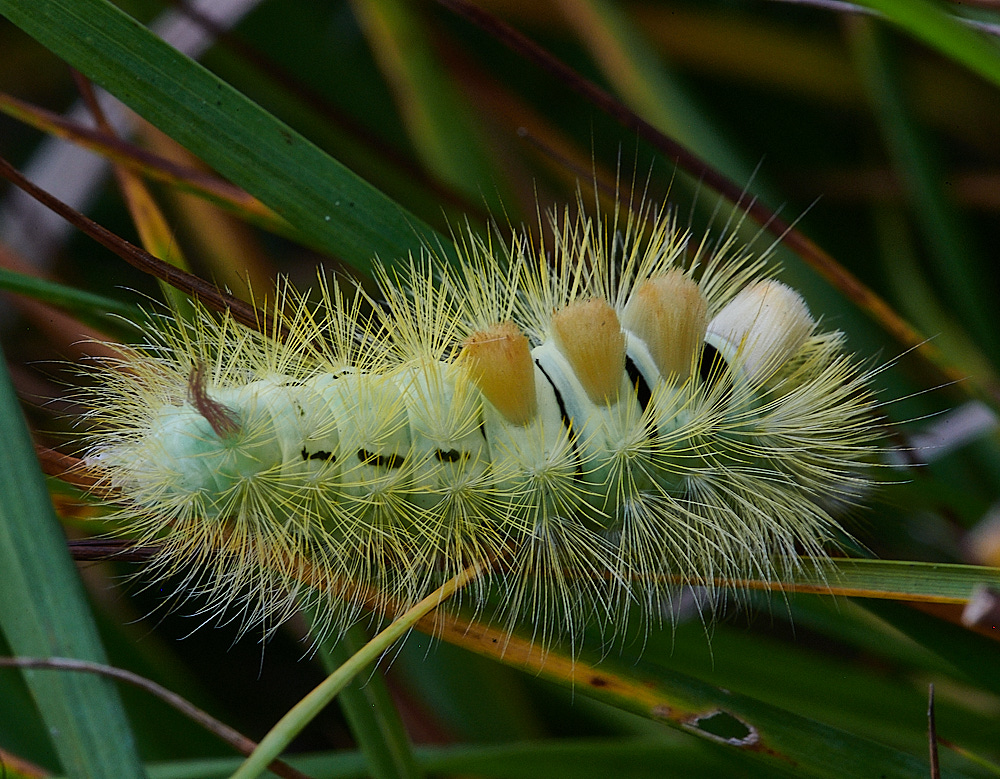
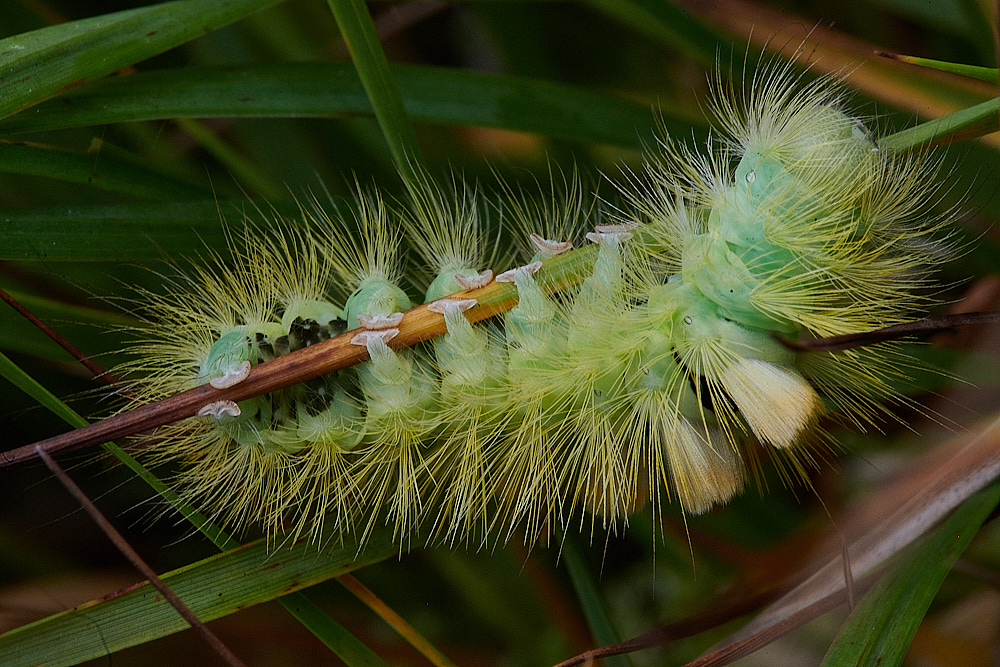
Pale Tussock Moth (Calliteara pudibunda)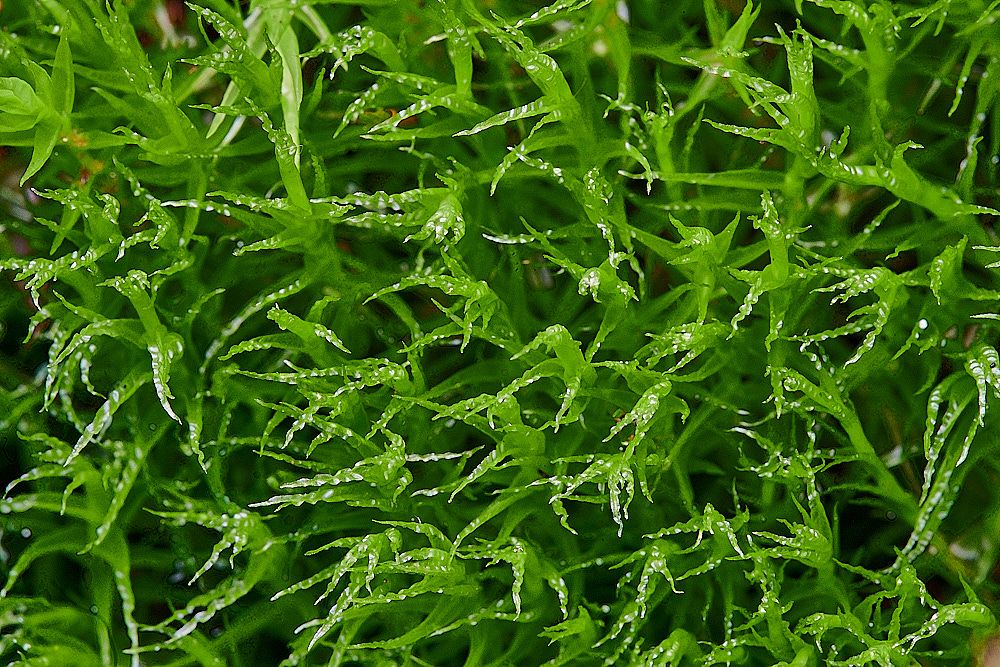
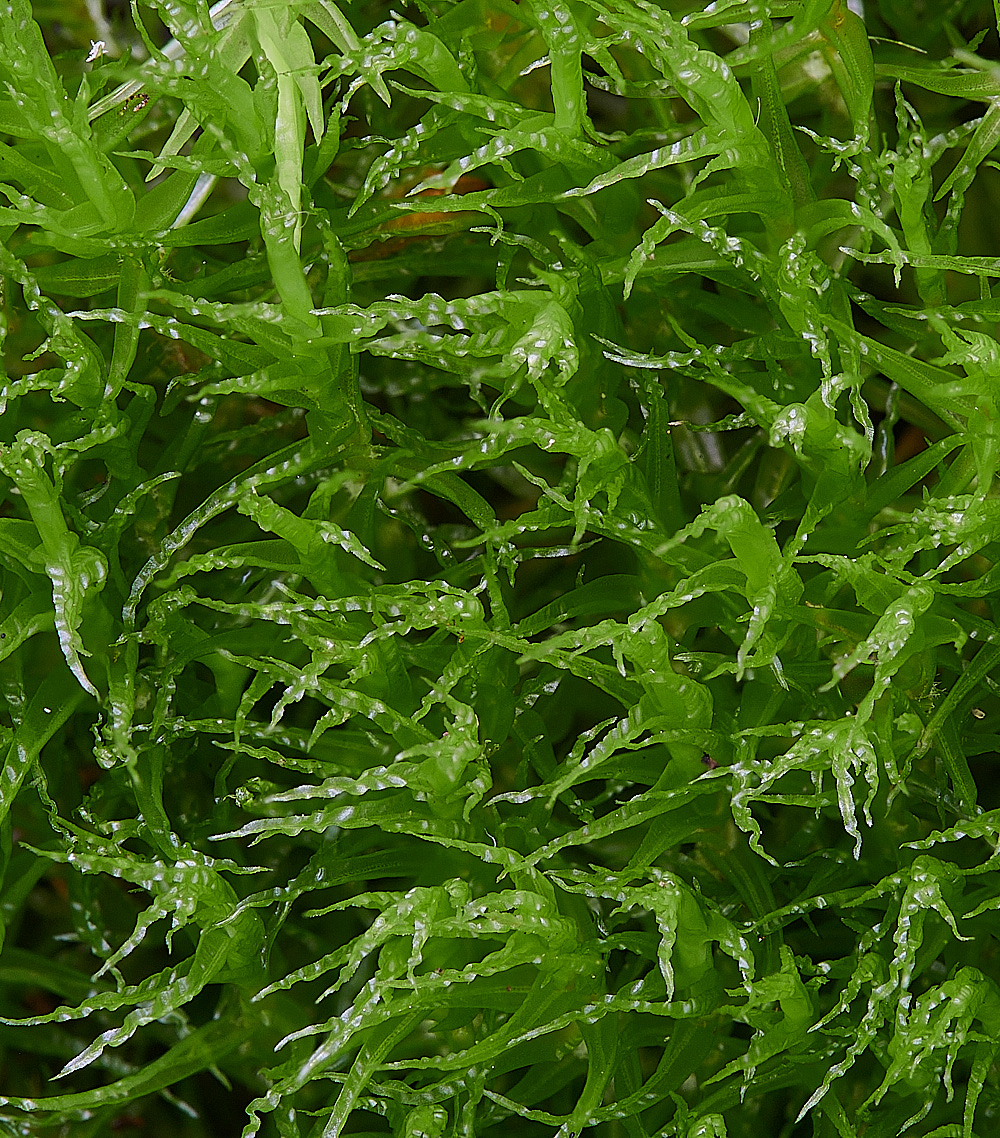
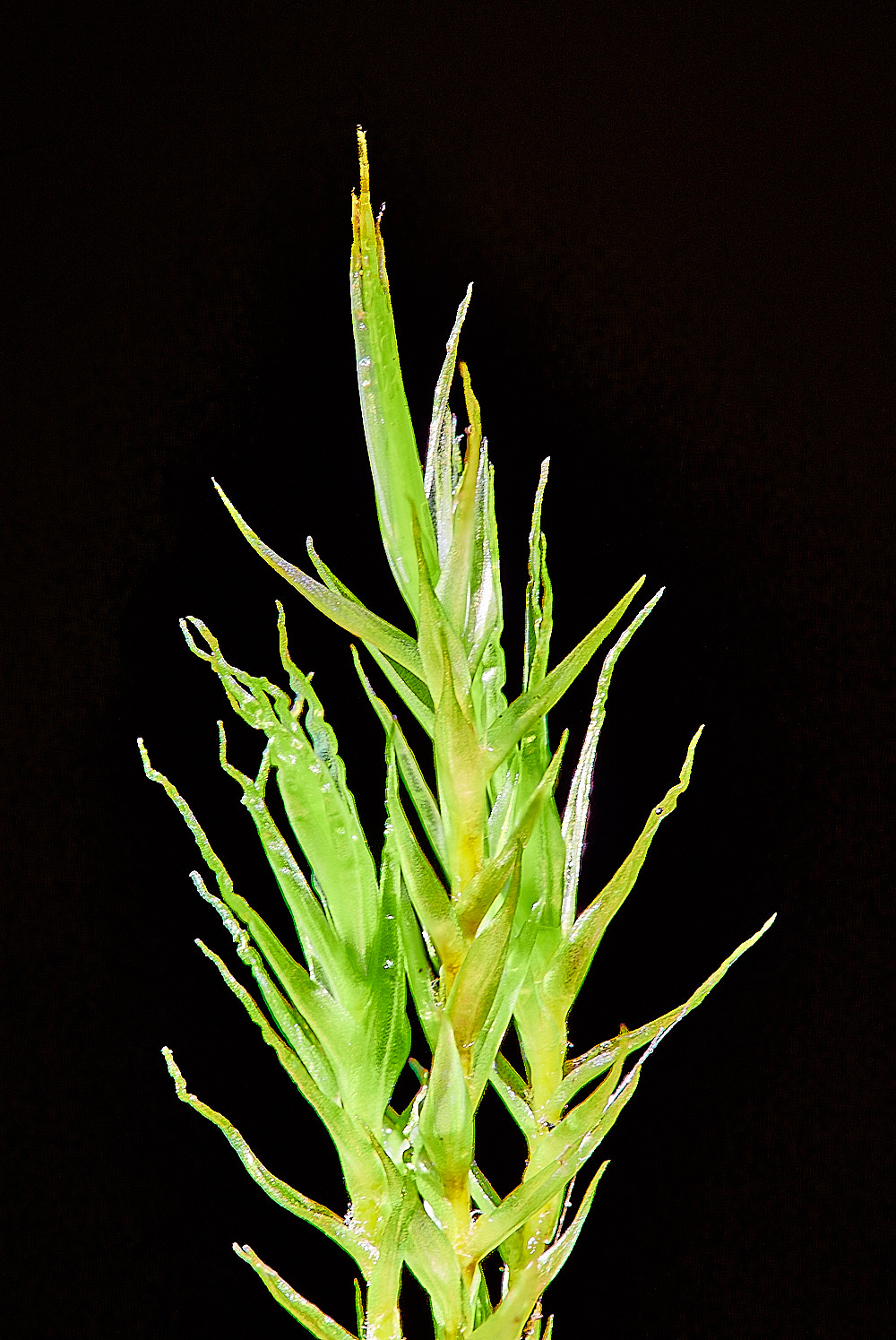
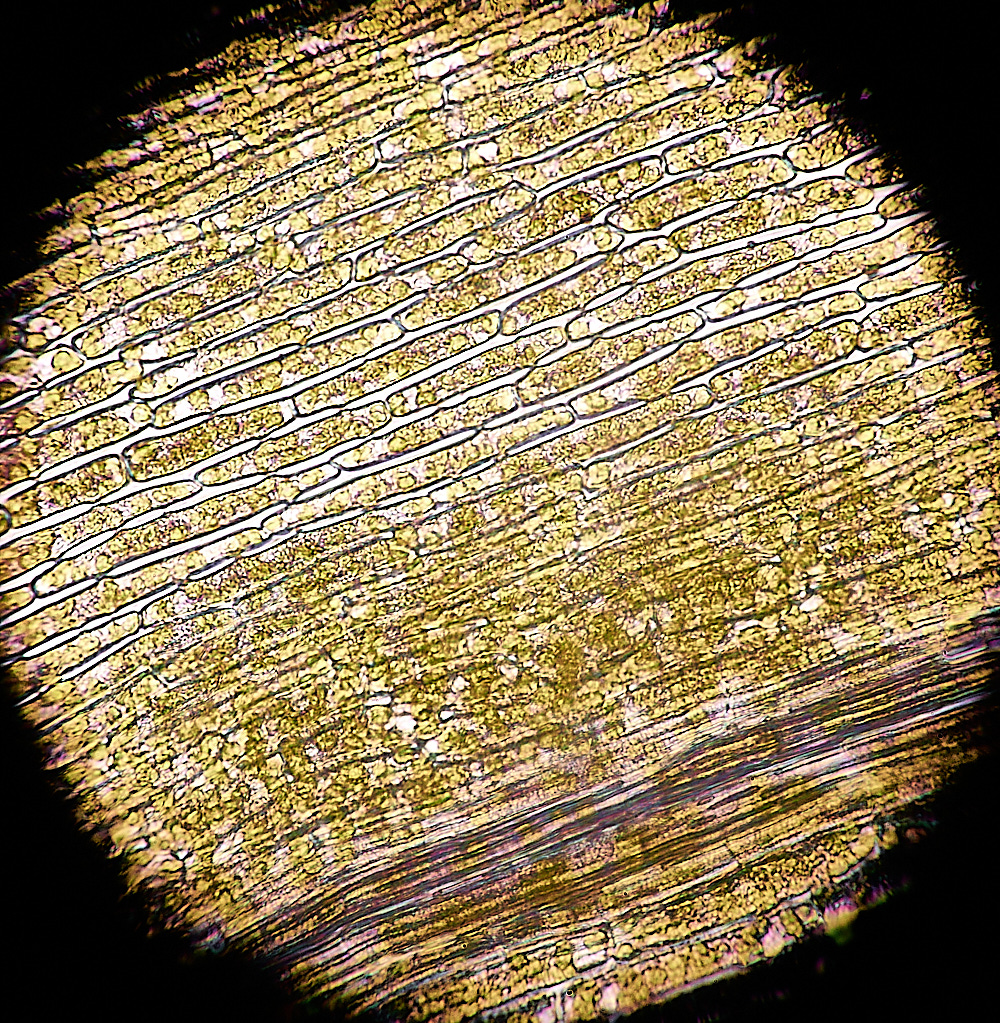
Cell structure at base of leaf x 400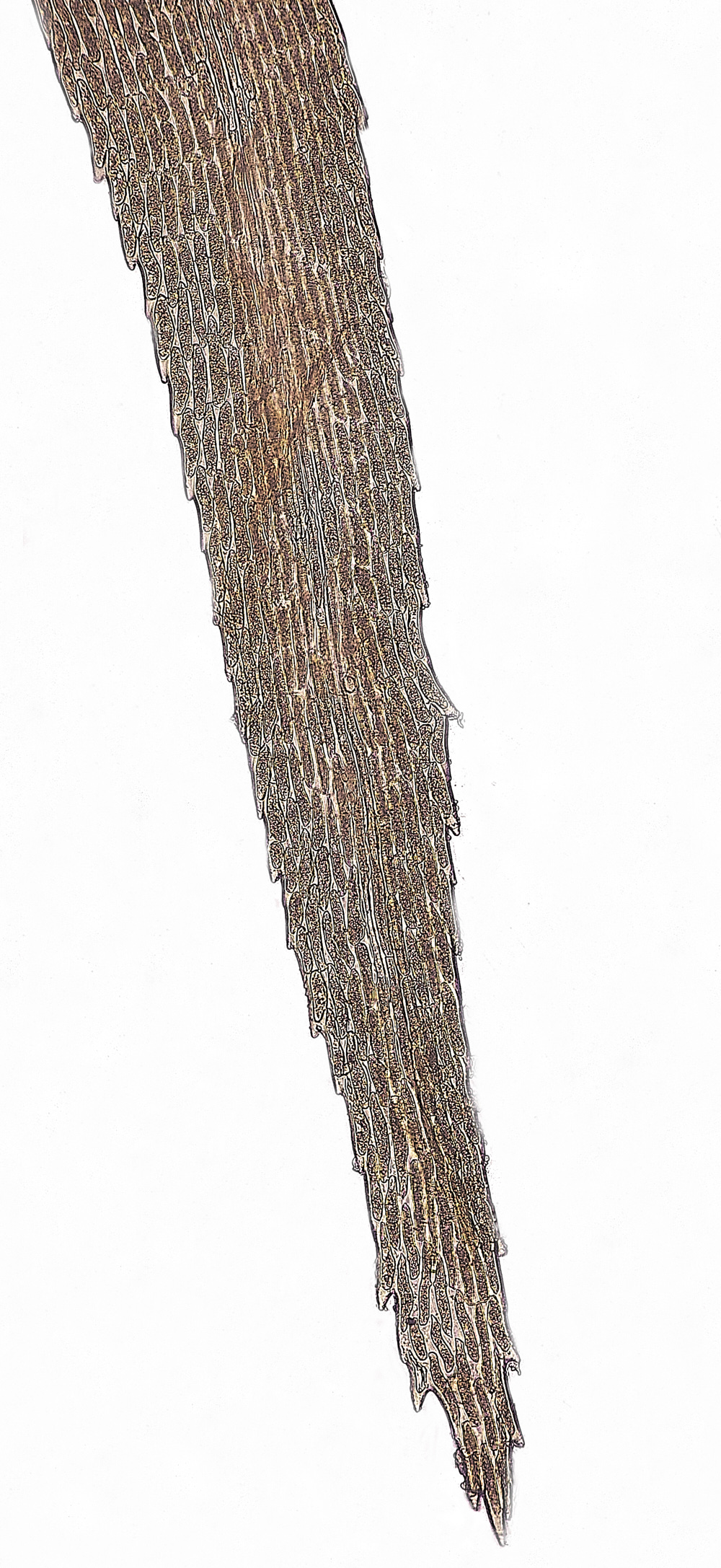
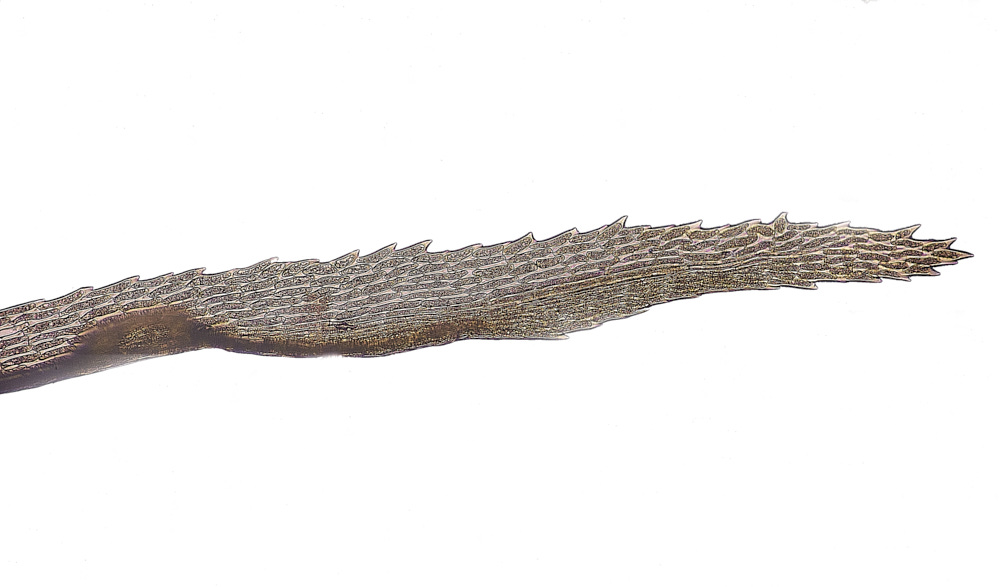
Leaf tip x100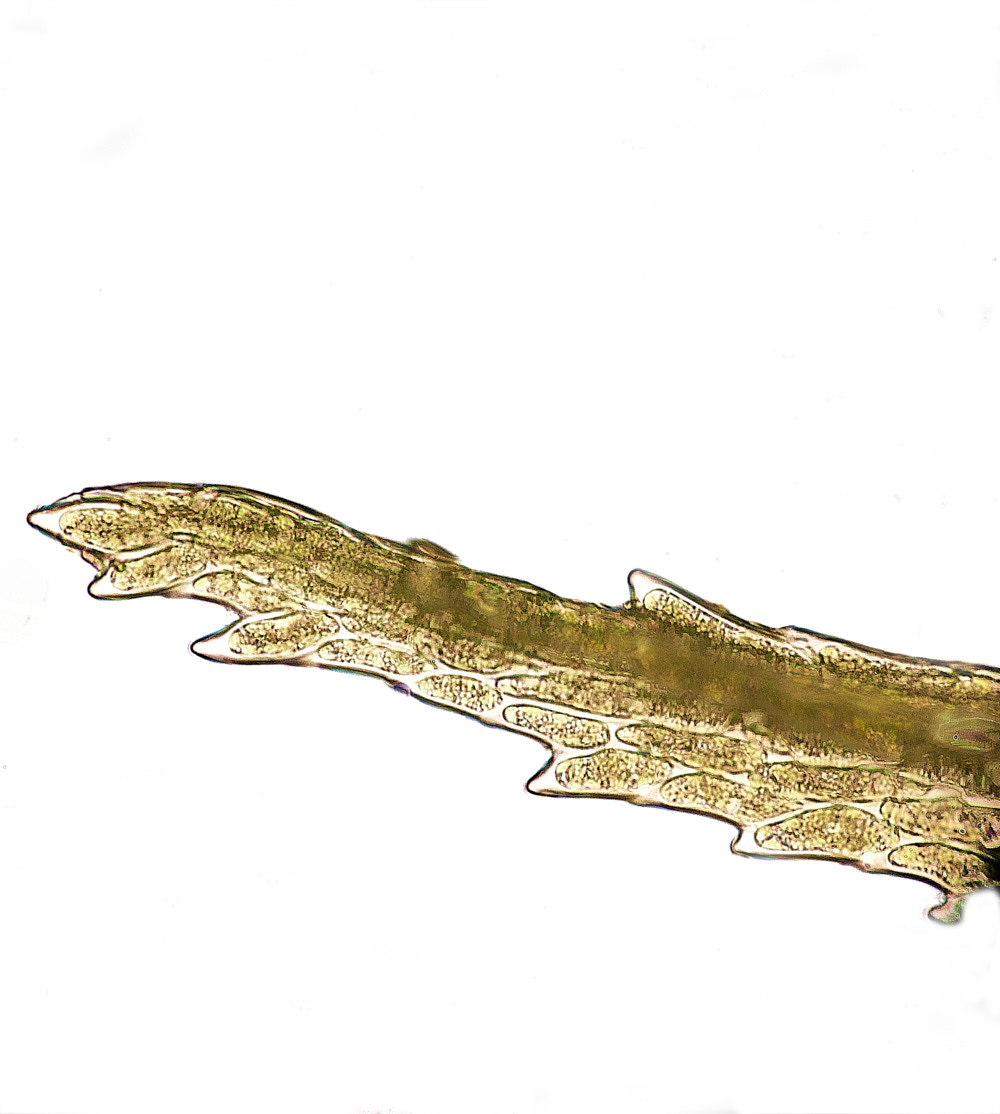
Leaf tip cells x 400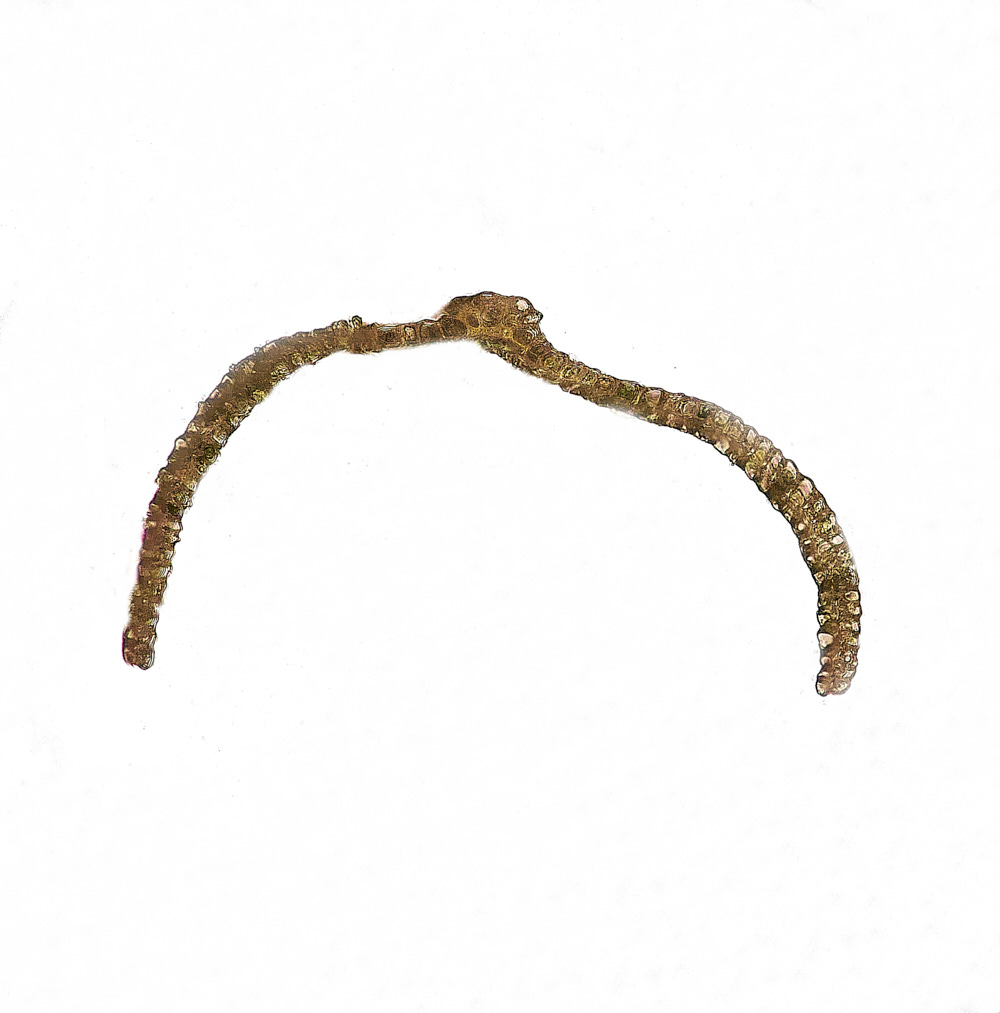
A Dicranum Sp ? with crinkled leaves.
turned out to be
Crisped Fork-moss (Dicranum bonjeanii)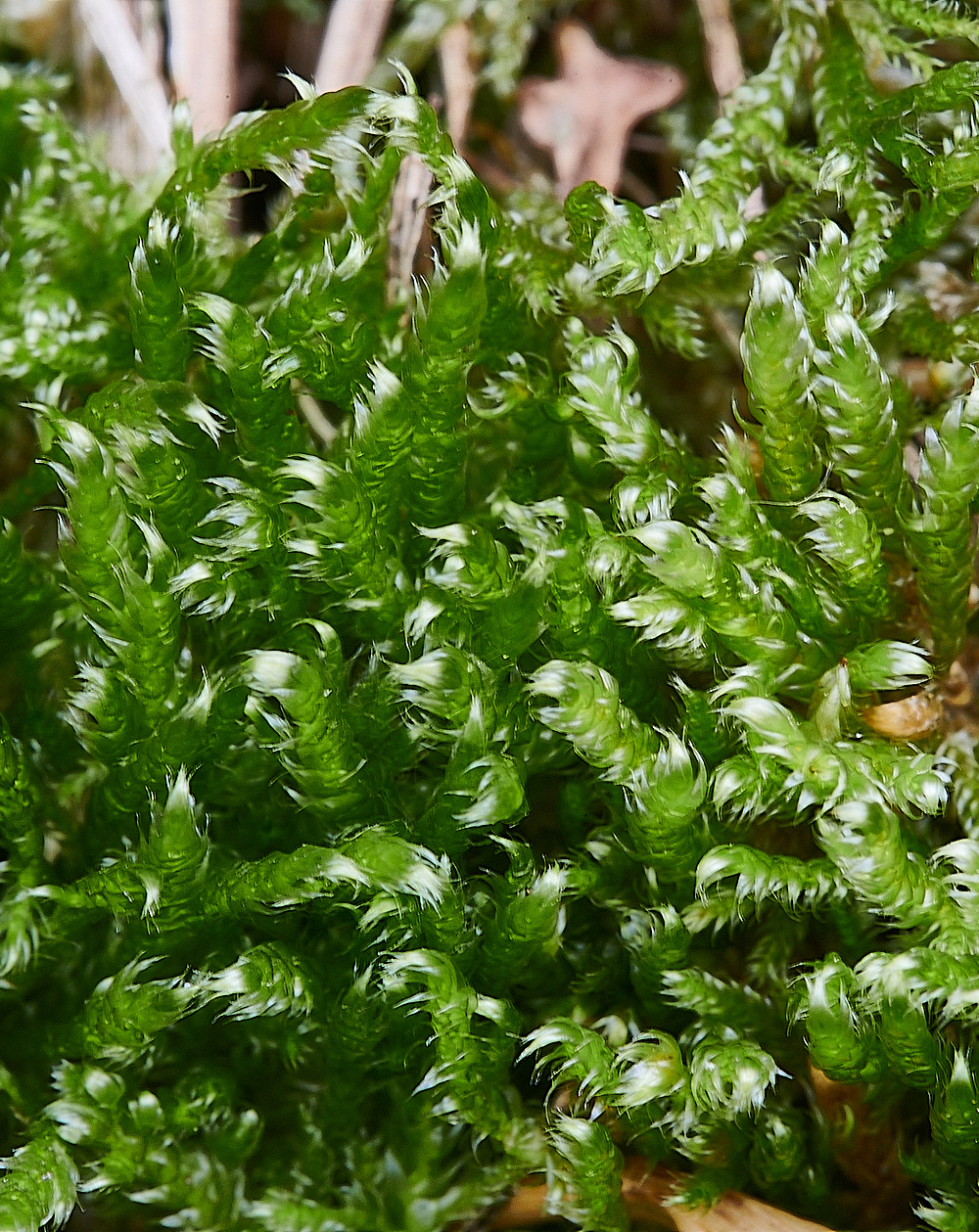

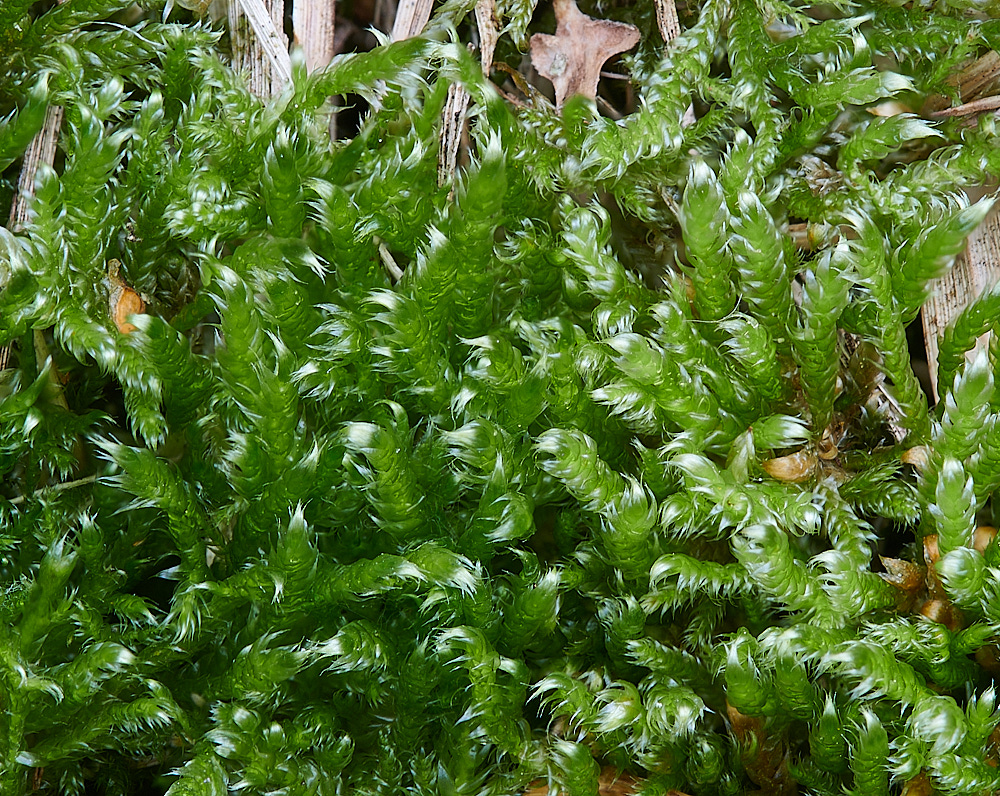
Heath Plait-moss (Hypnum jutlandicum)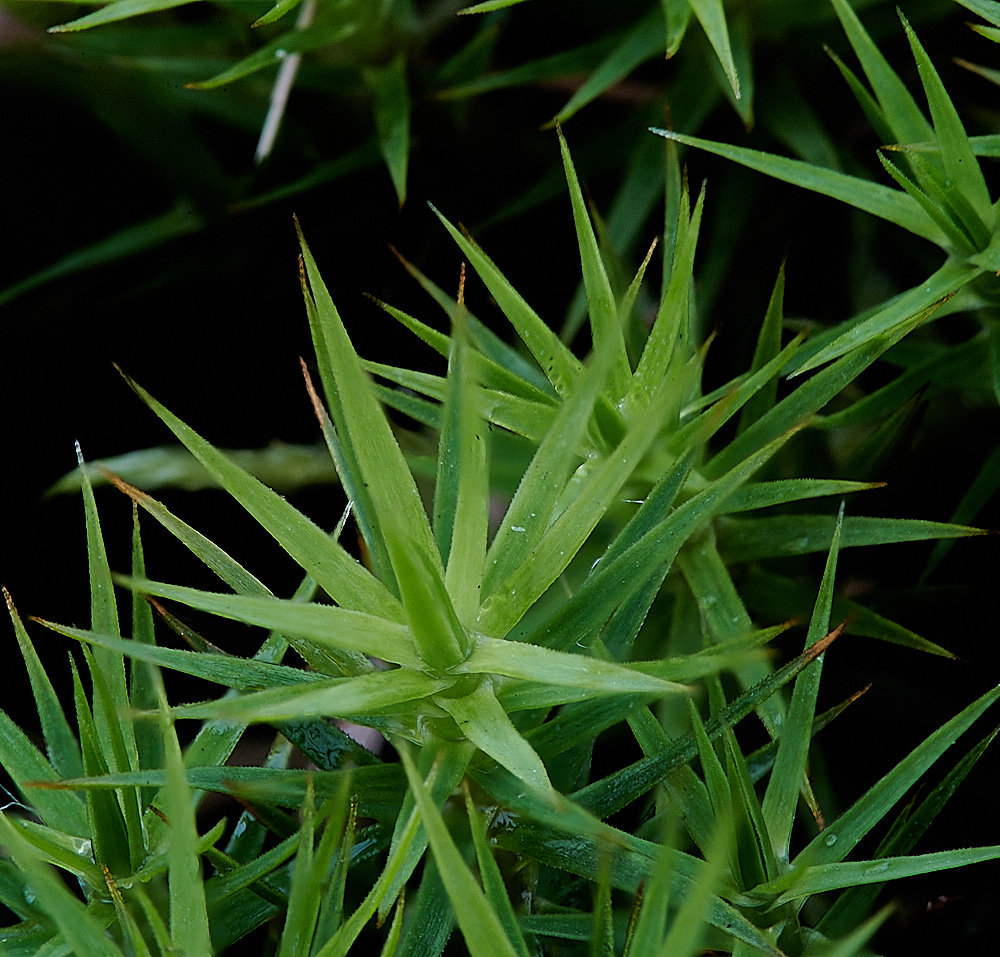
Common Haircap Moss (Polytrichum commune)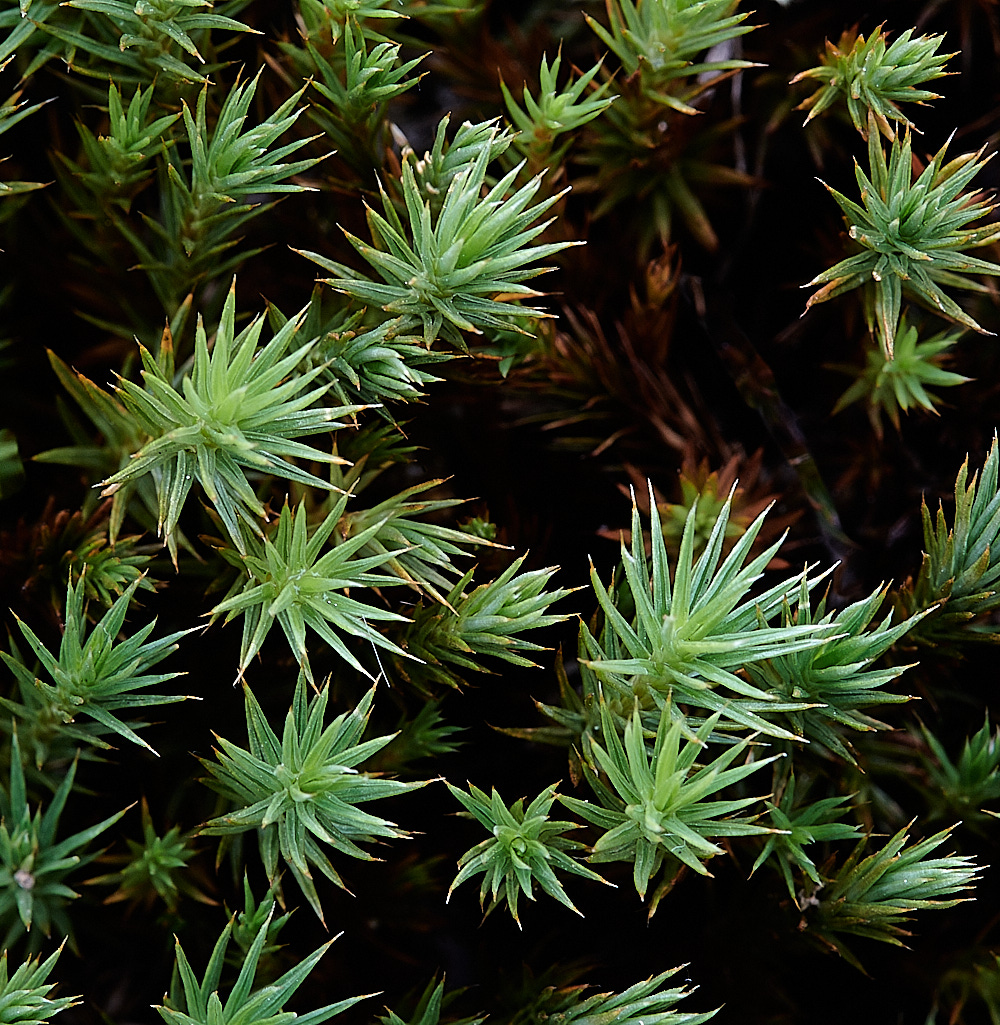
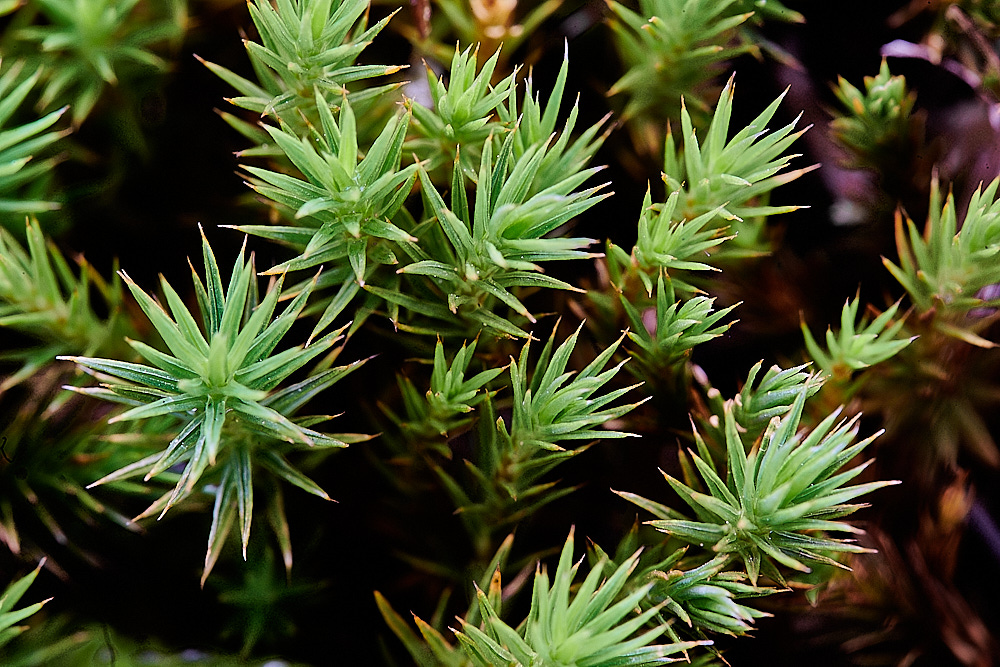
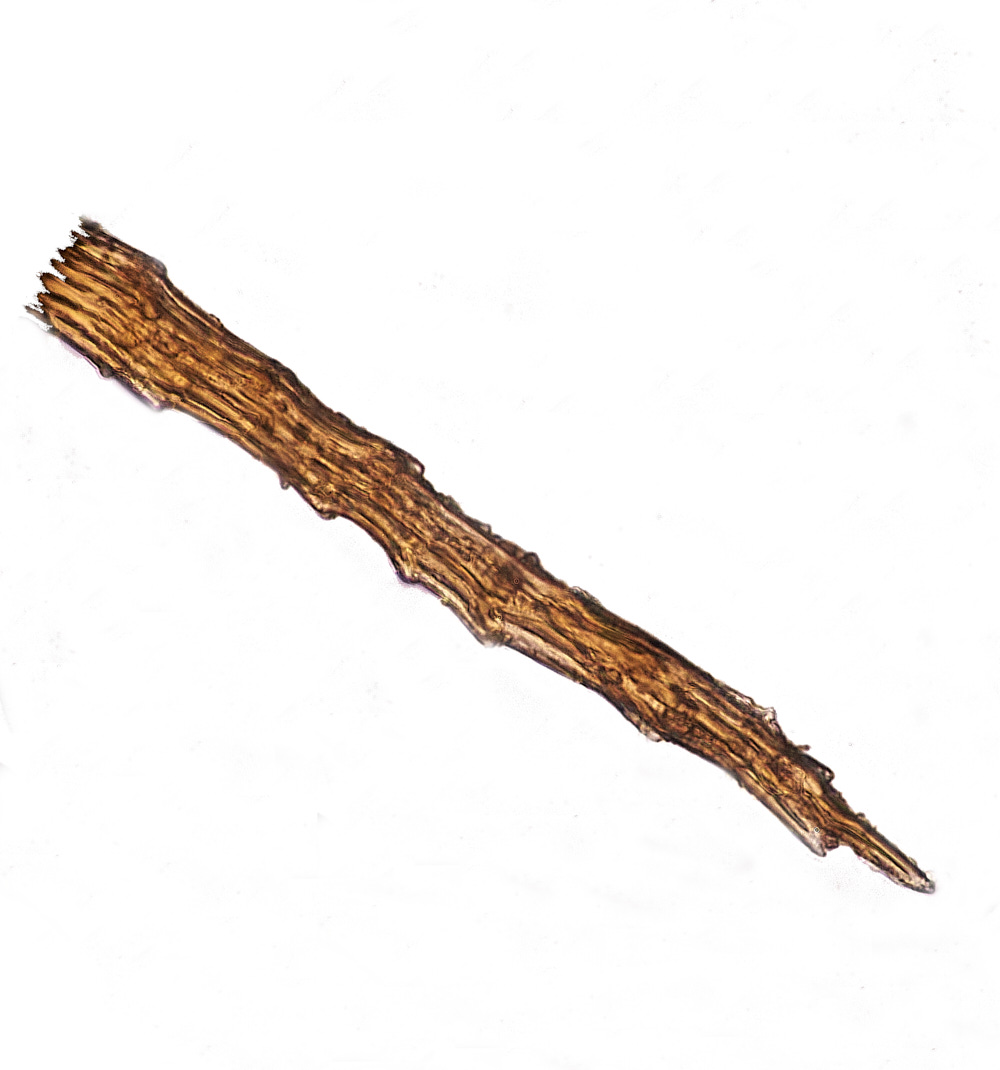
Leaf Tip x400
Strict Haircap (Polytrichum strictum)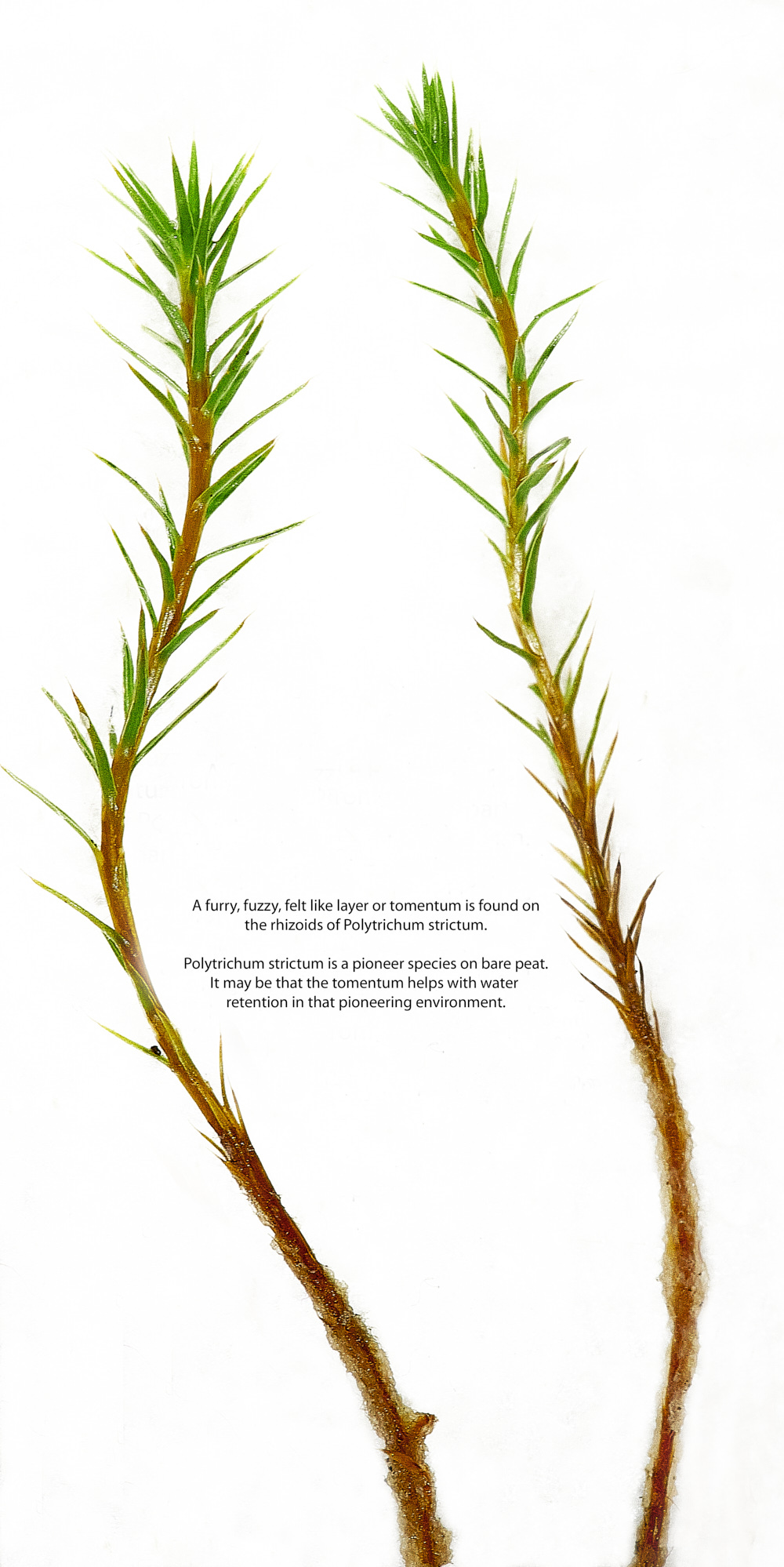
You can see the unrolled leaf margins in the photos and the brown tip is untoothed. It grows in hummocks.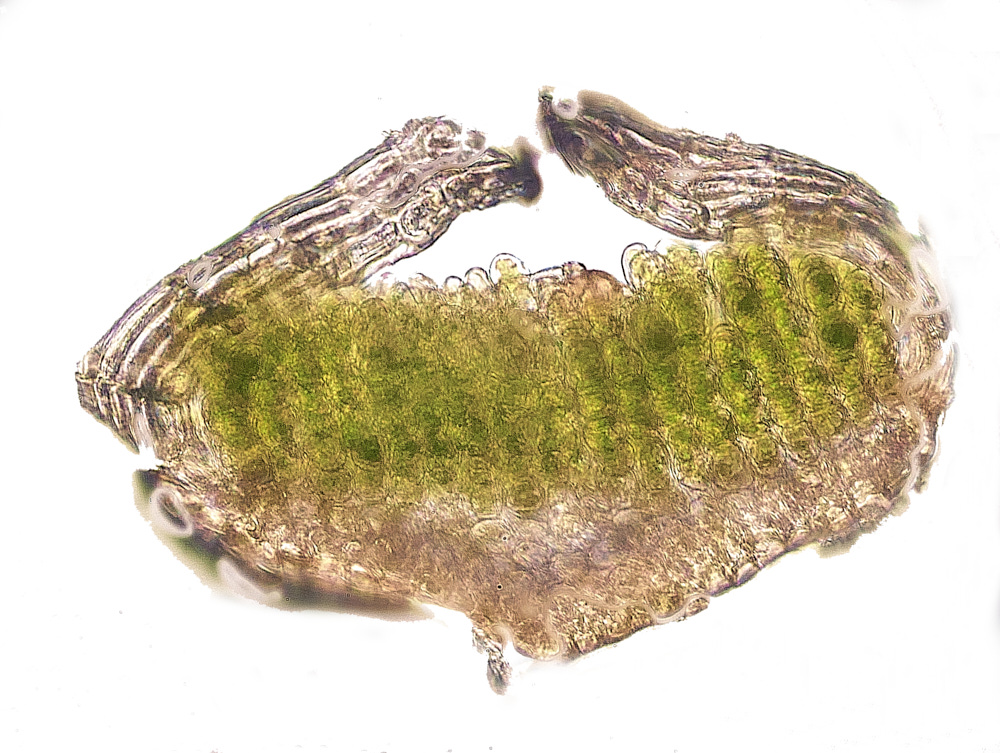
Not the best of pictures but it does clearly show the inrolled margins of the leaf.
Strict Haircap (Polytrichum strictum)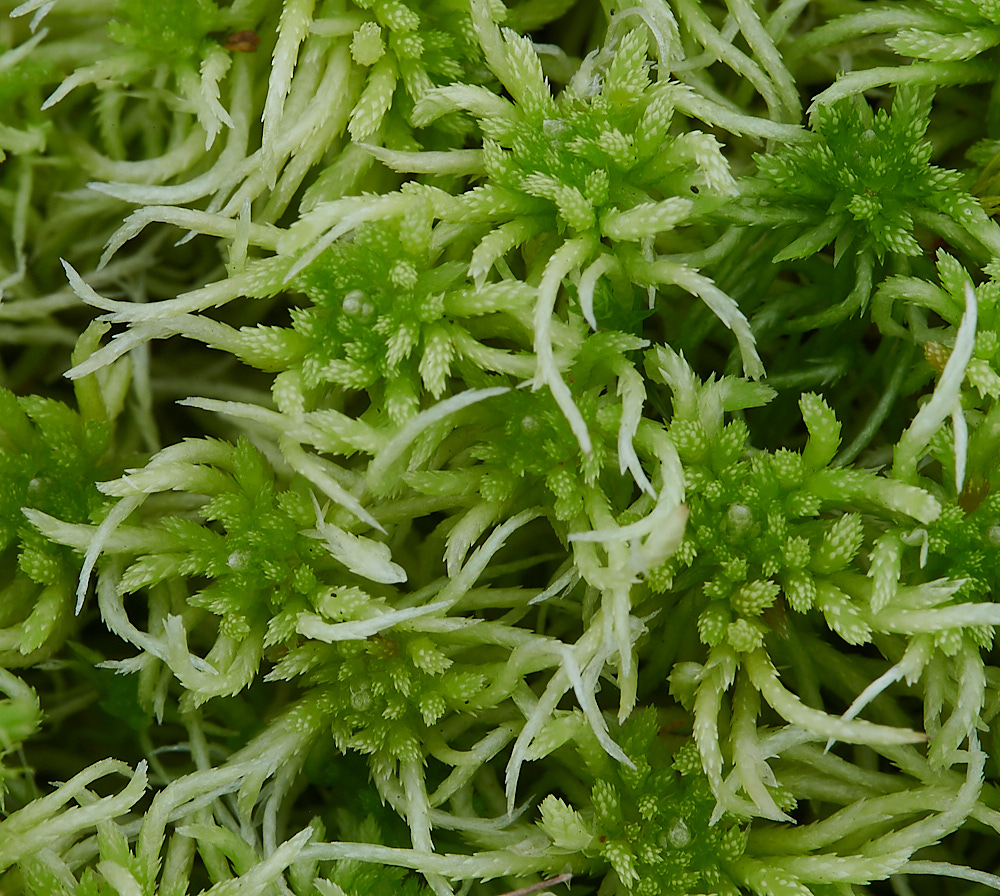
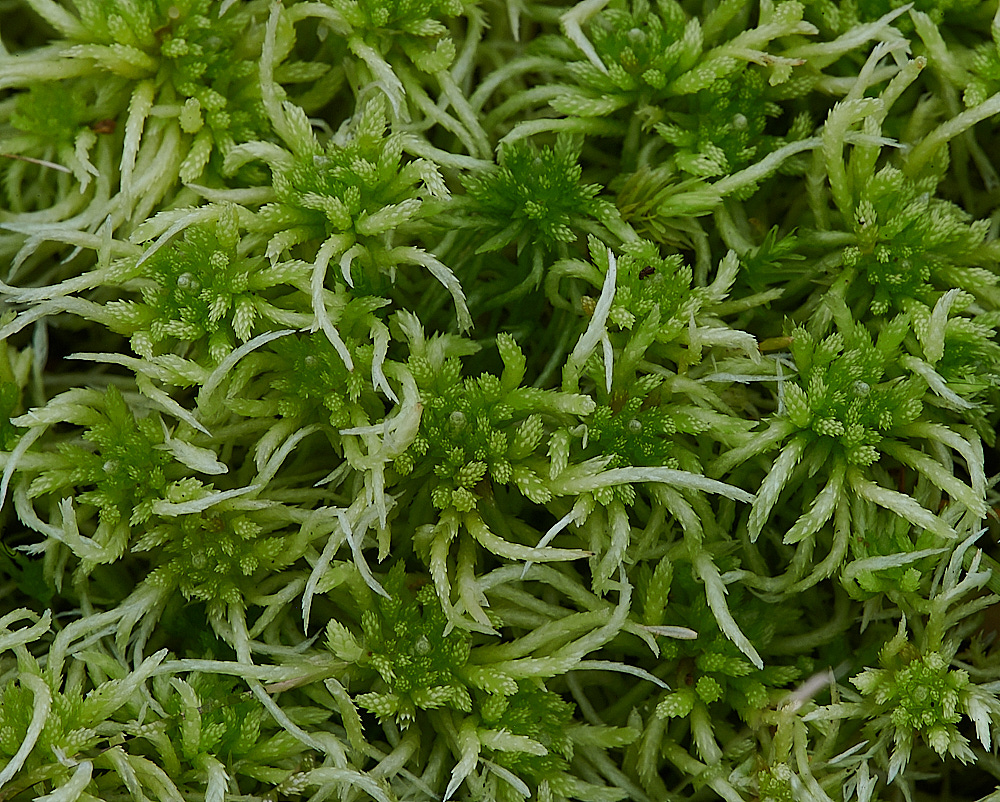
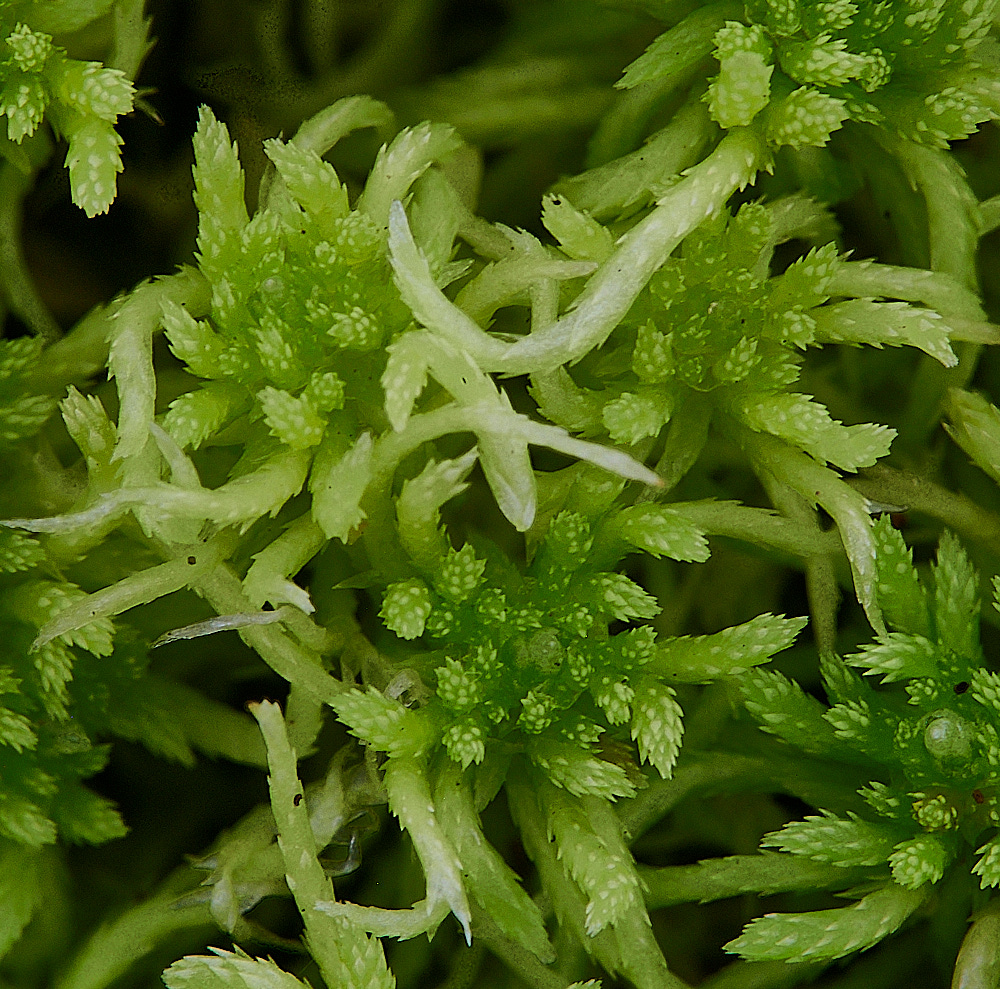
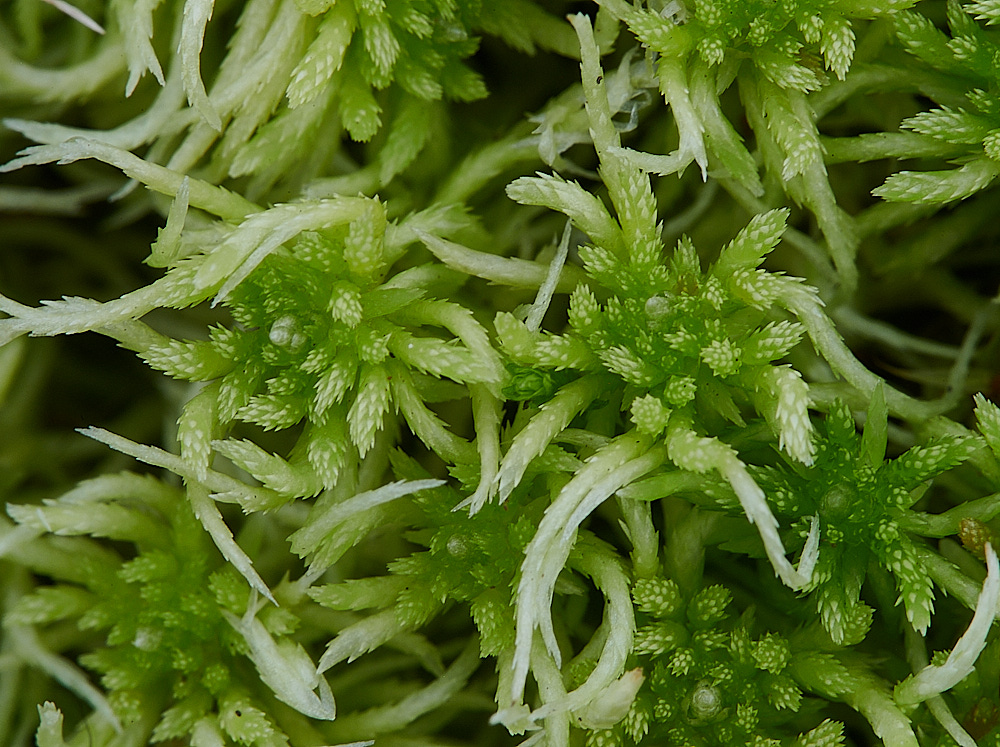
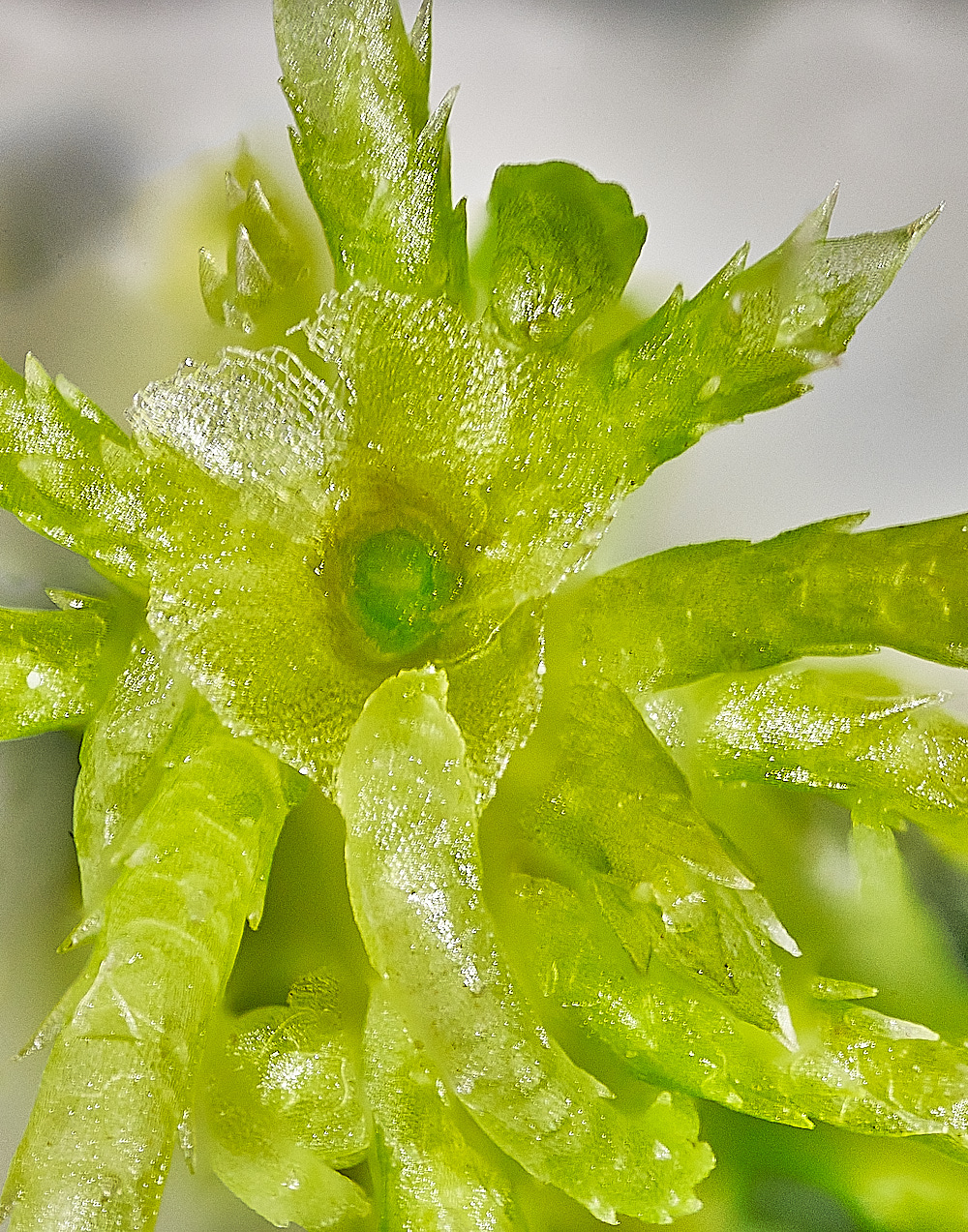
One of the first things to do when beginning to identify Sphagnums is deciding whether the branch leaves are hooded or not. In this case the branch leaves have no 3 dimensionality about them and are therefor not hooded.
The next thing is do to pinch the top bud (capitulum) away from the branches it sits on.
If it leaves a ruff of stem leaves like the one you can see in the image above it is likely to be Sphagnum fimbriatum.
Sphagnum fimbriatum is also quite brittle and the capitulum comes away easily in your fingers. Some Sphagnums are much tougher.
To go a step further you need to look at the shape of the stem leaves.
In this case the stem leaf is twice as wide as it is long.
Sphagnum fimbriatum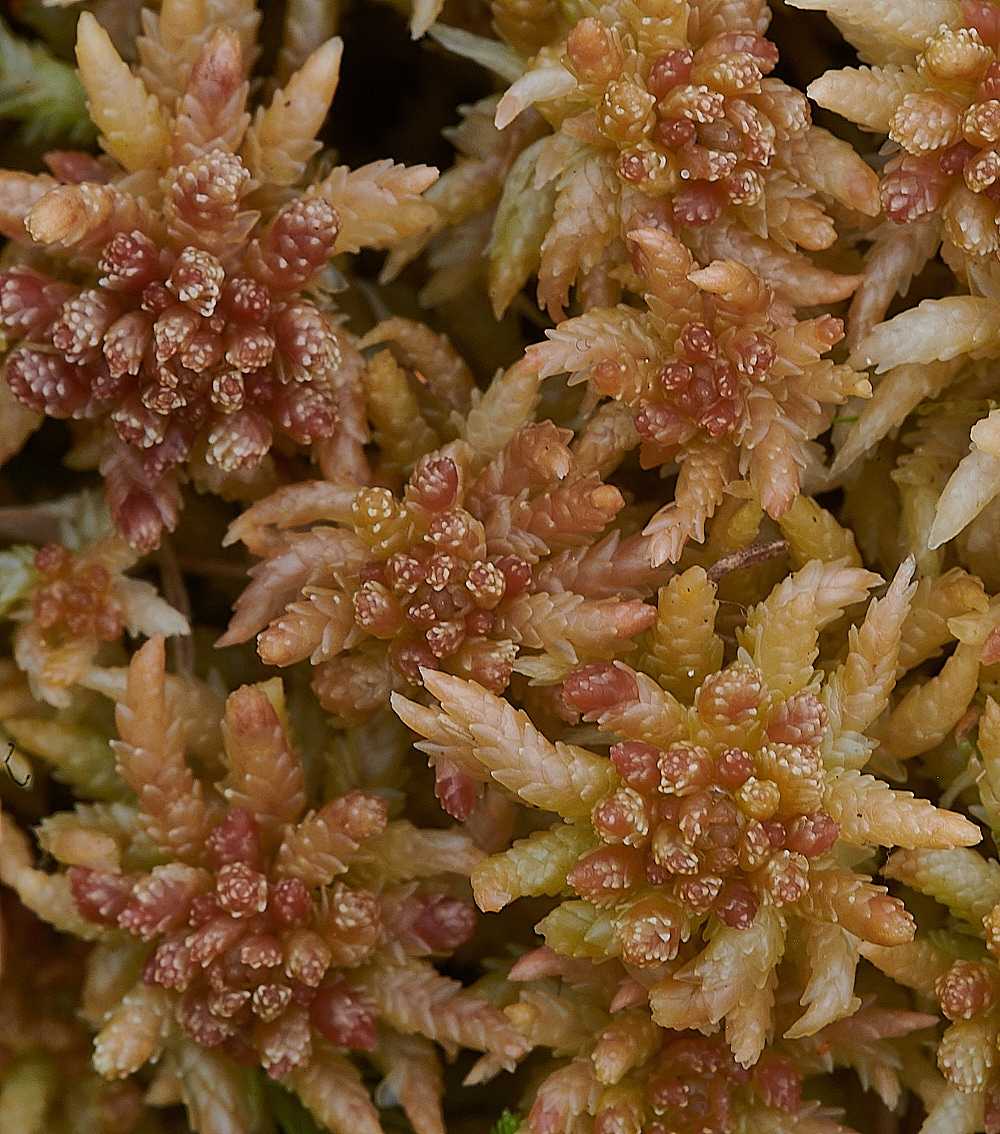
Blunt-leaved Bog Moss (Sphagnum palustre)
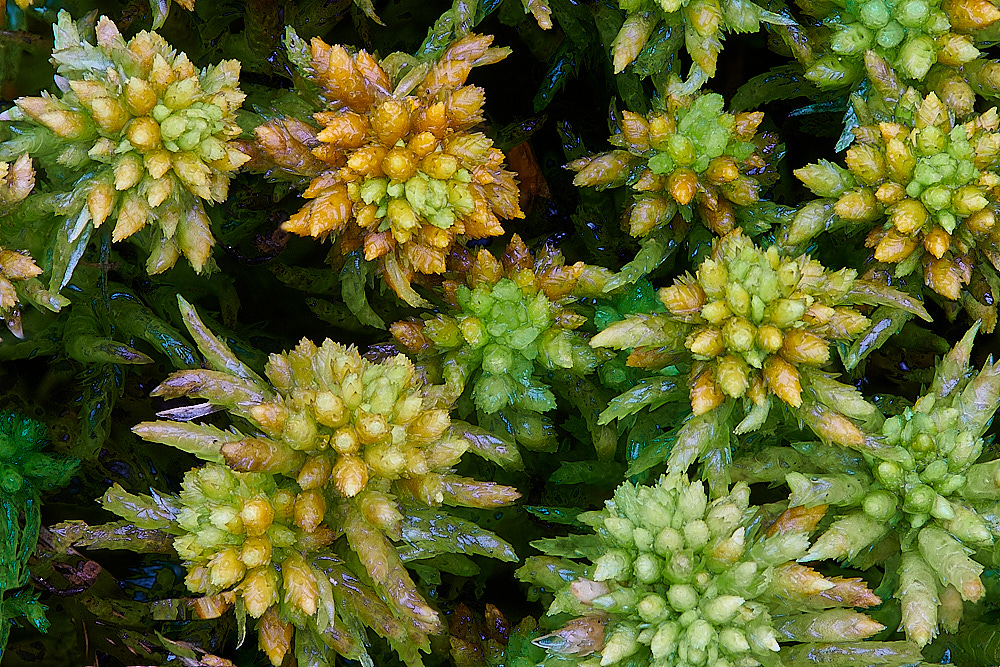
Sphagnum Sp?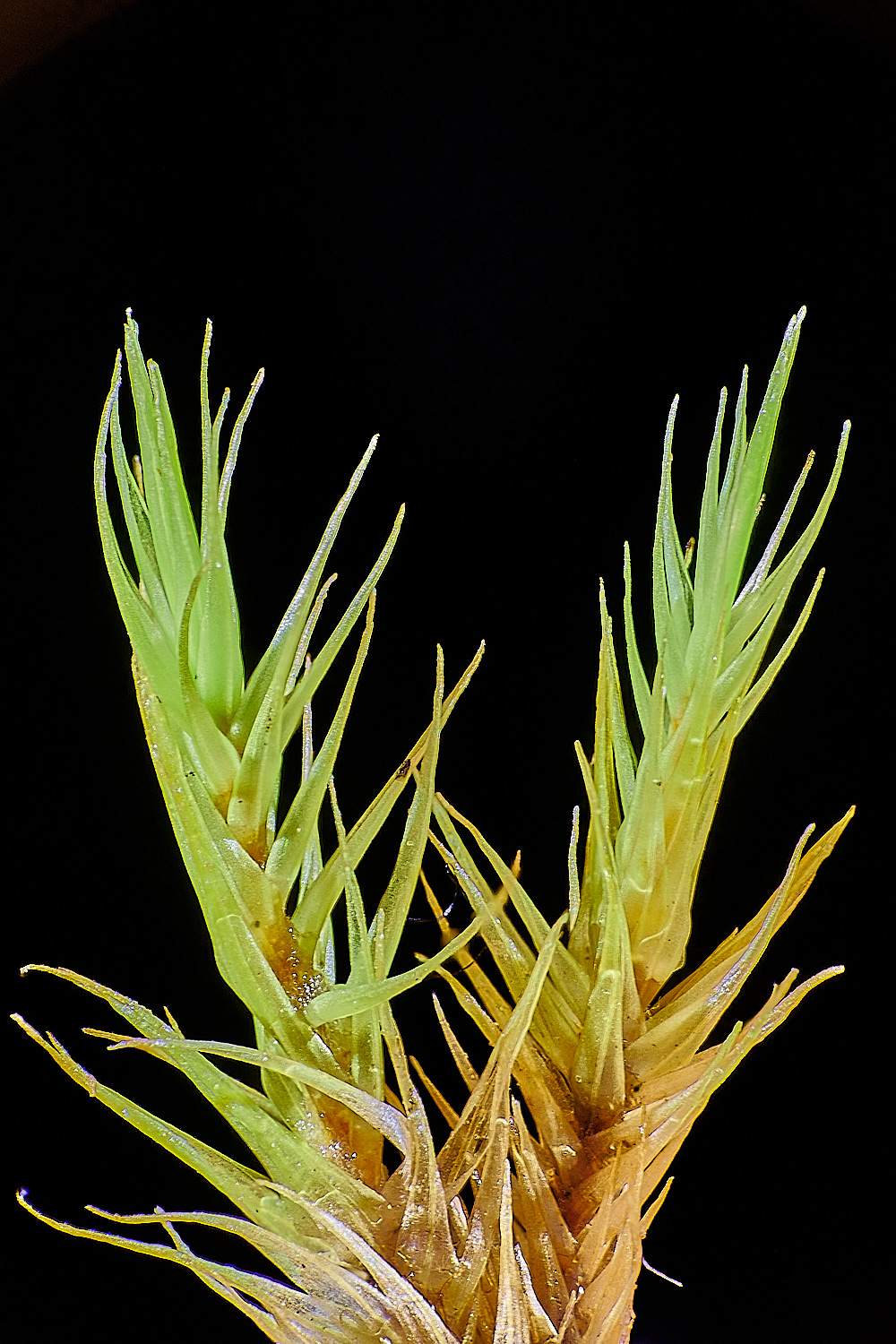
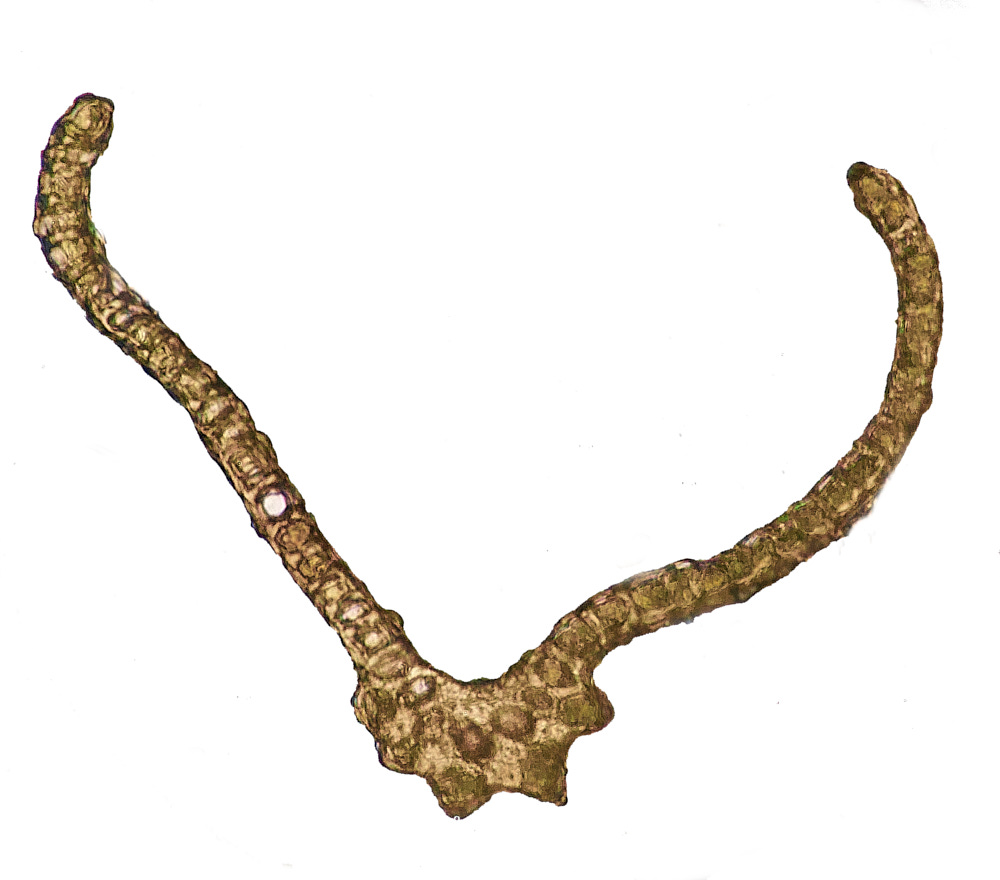
Broom Fork-moss (Dicranum scoparium)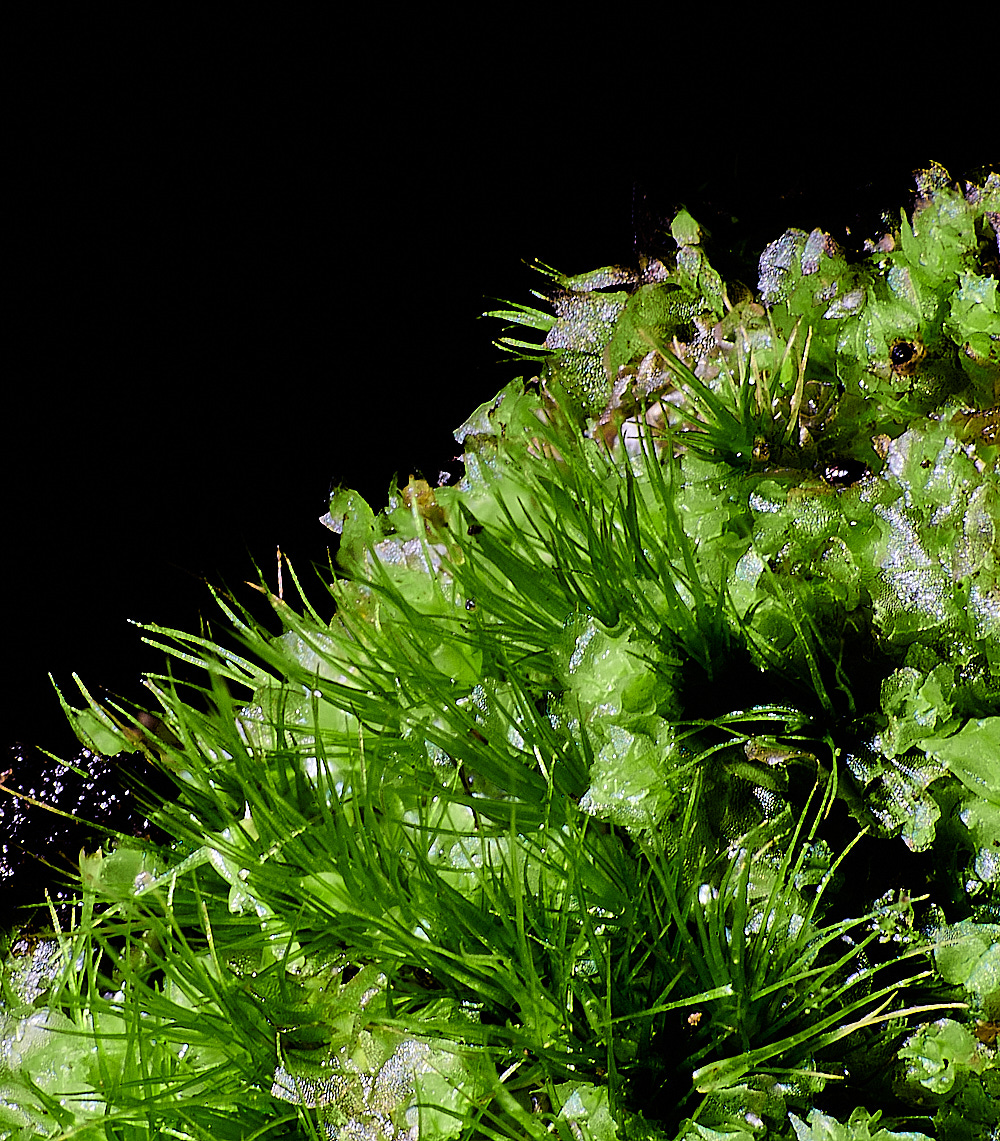
Silky Forklet-moss (Dicranella heteromalla) & Bifid Crestwort (Lophocolea bidentata)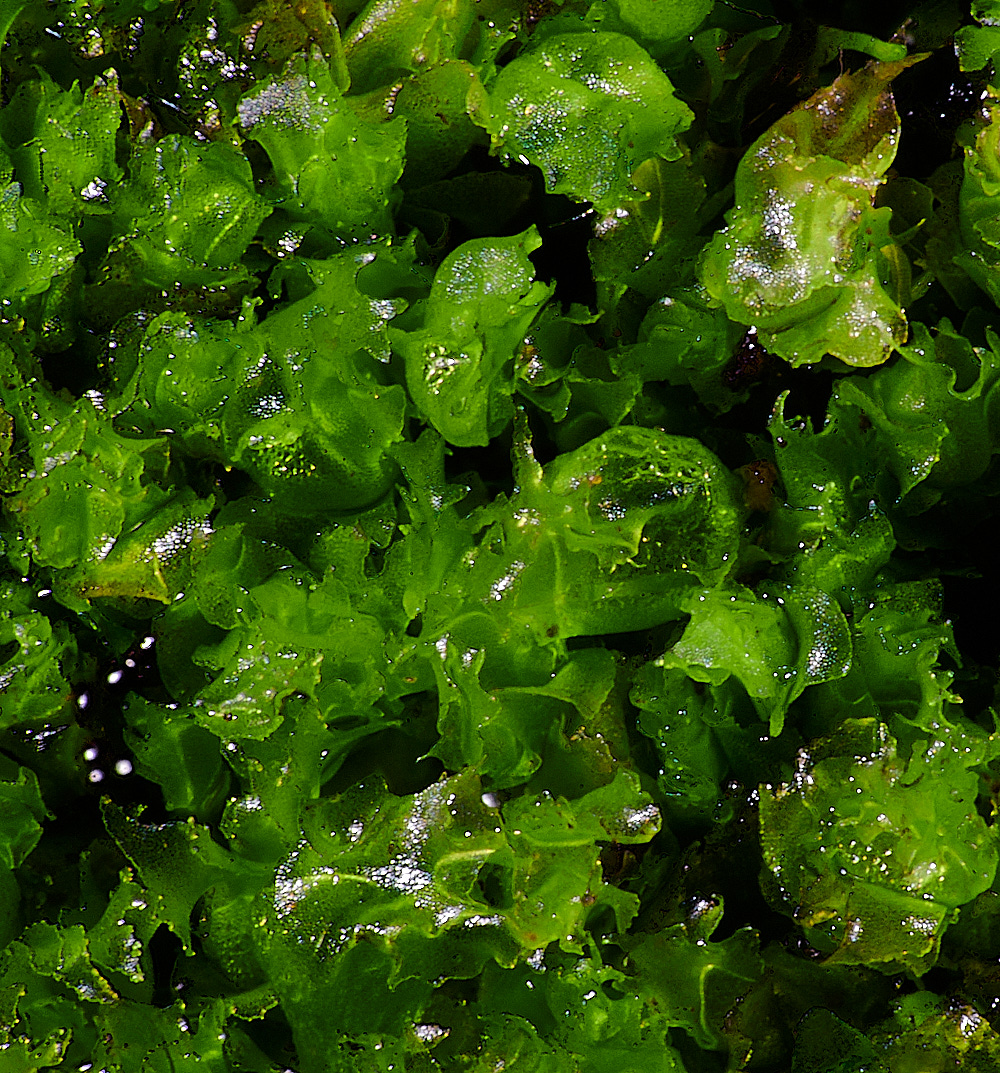
Bifid Crestwort (Lophocolea bidentata)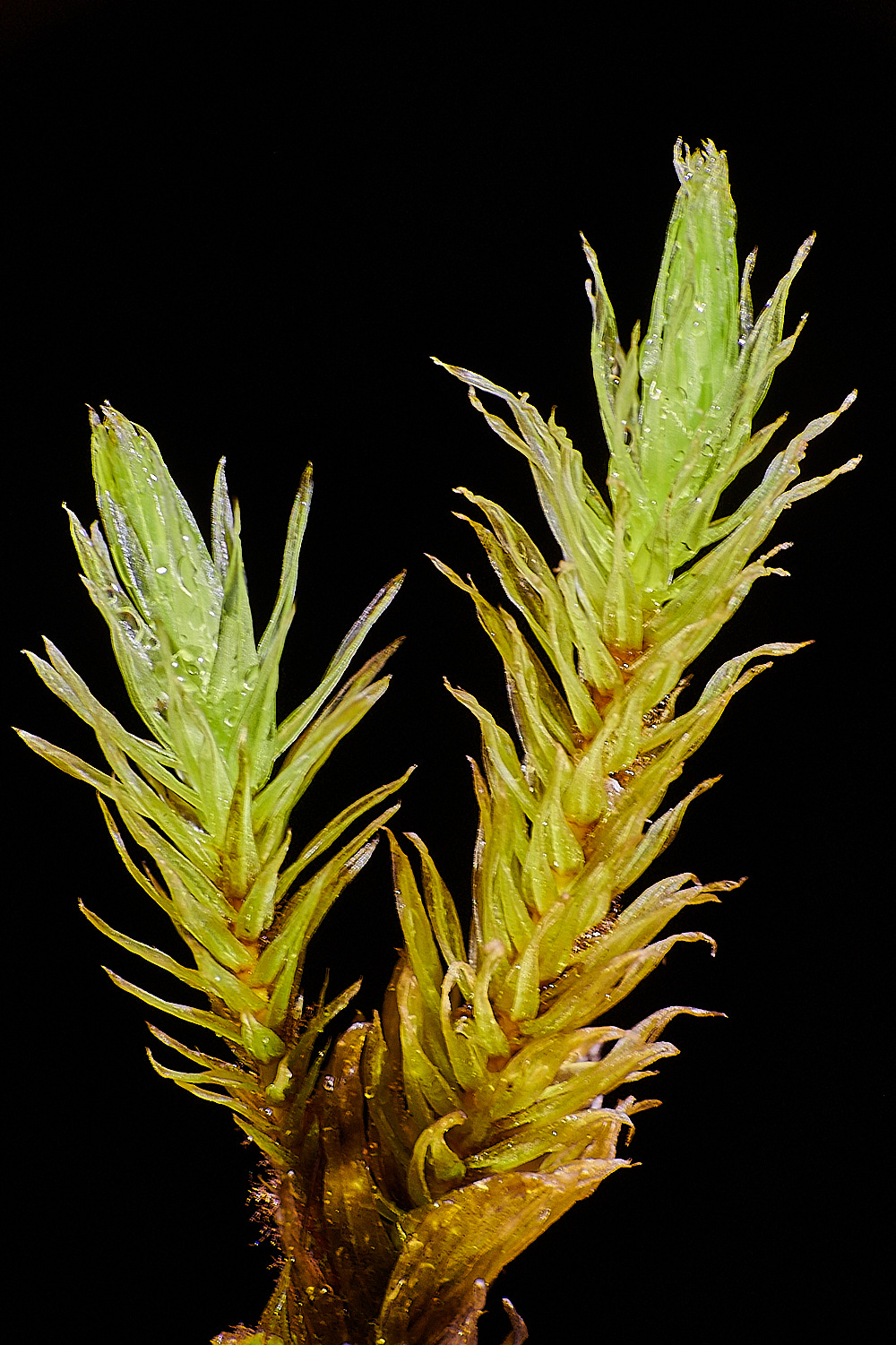
Bog Groove-moss (Aulacomnium palustre)
